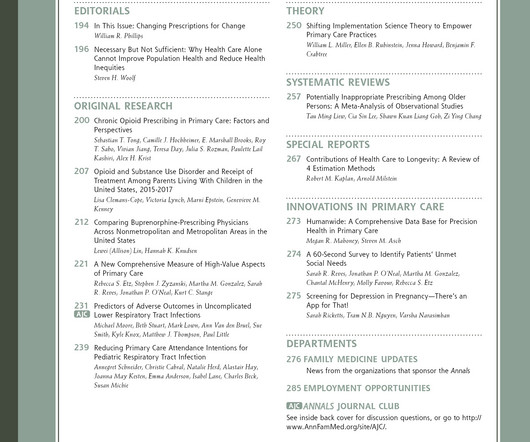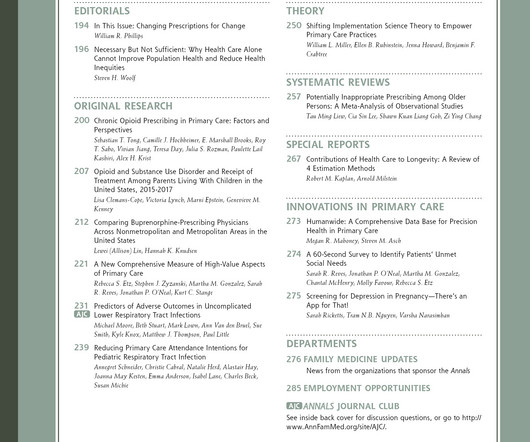Exploring Trends in Postpartum Hemorrhage with SHRINE Network Aggregated Electronic Health Records (EHR) Data. [Health care disparities]
Annals of Family Medicine
NOVEMBER 20, 2024
Healthcare research involving patient medical data is often delayed by lengthy approval processes. The Shared Health Research Information Network (SHRINE) offers rapid, secure access to aggregate counts of patient data from participating hospitals. Women 15-54 years with live births between 2005-2022. Population Studied.











Let's personalize your content